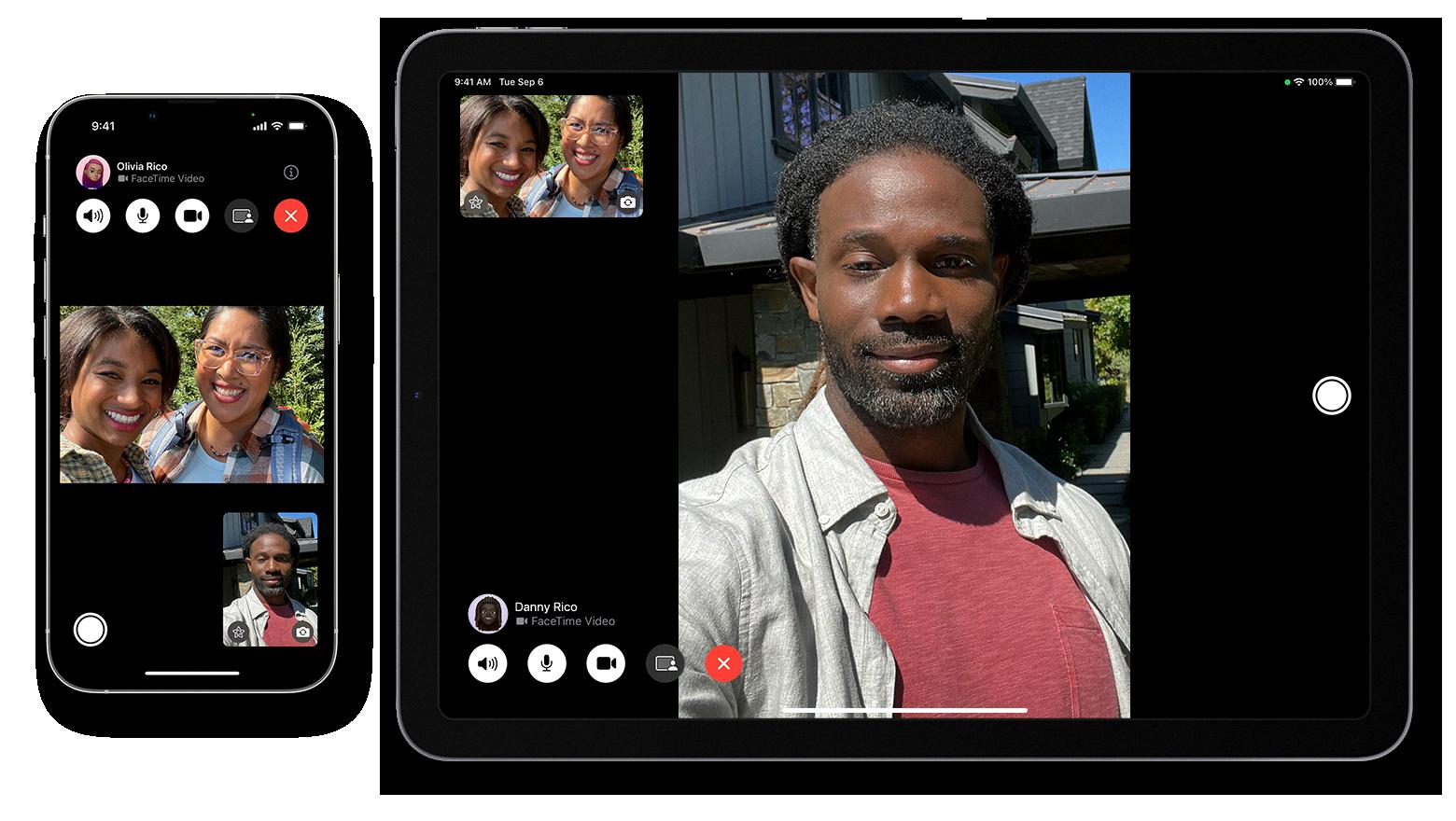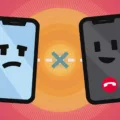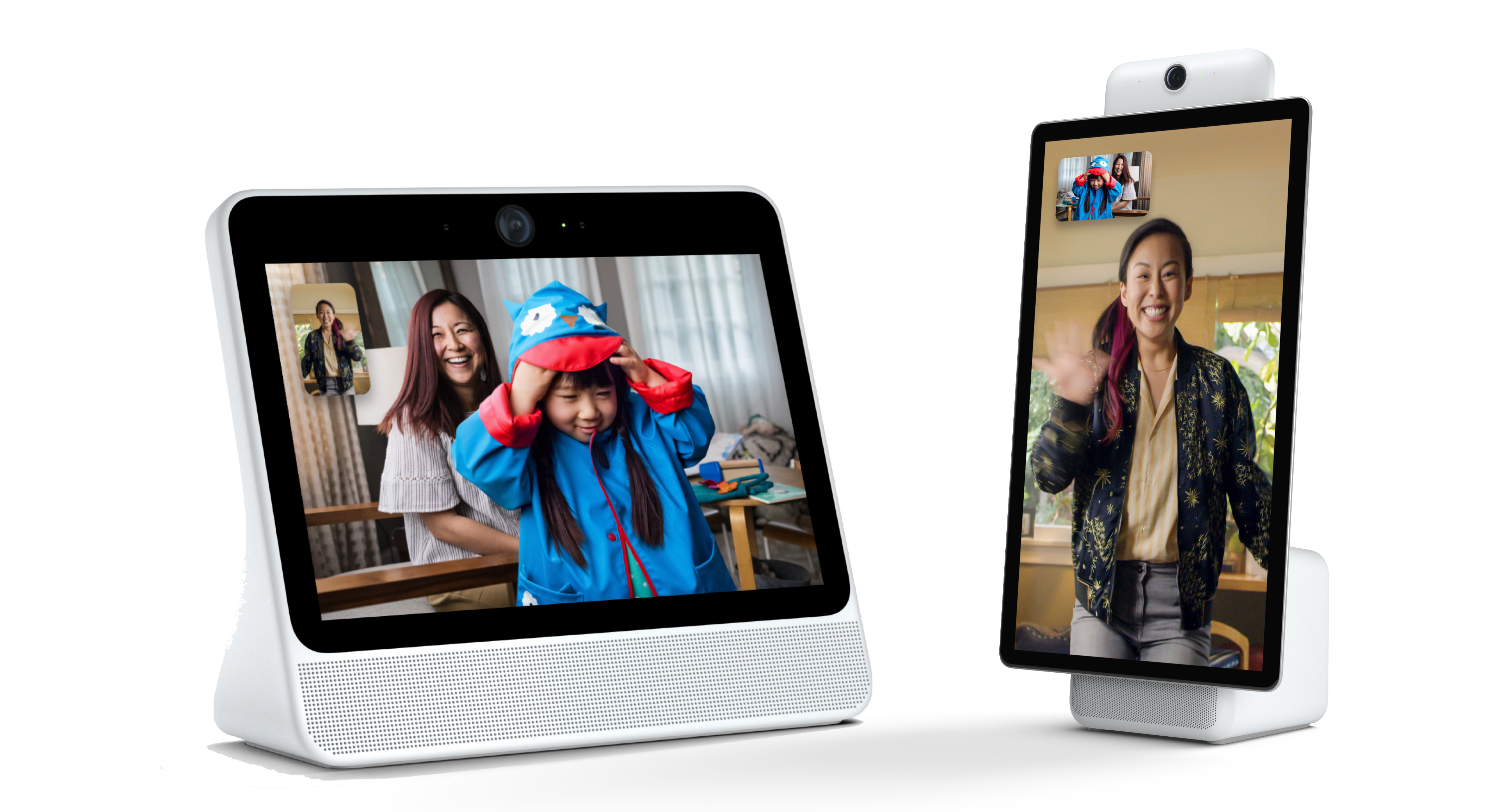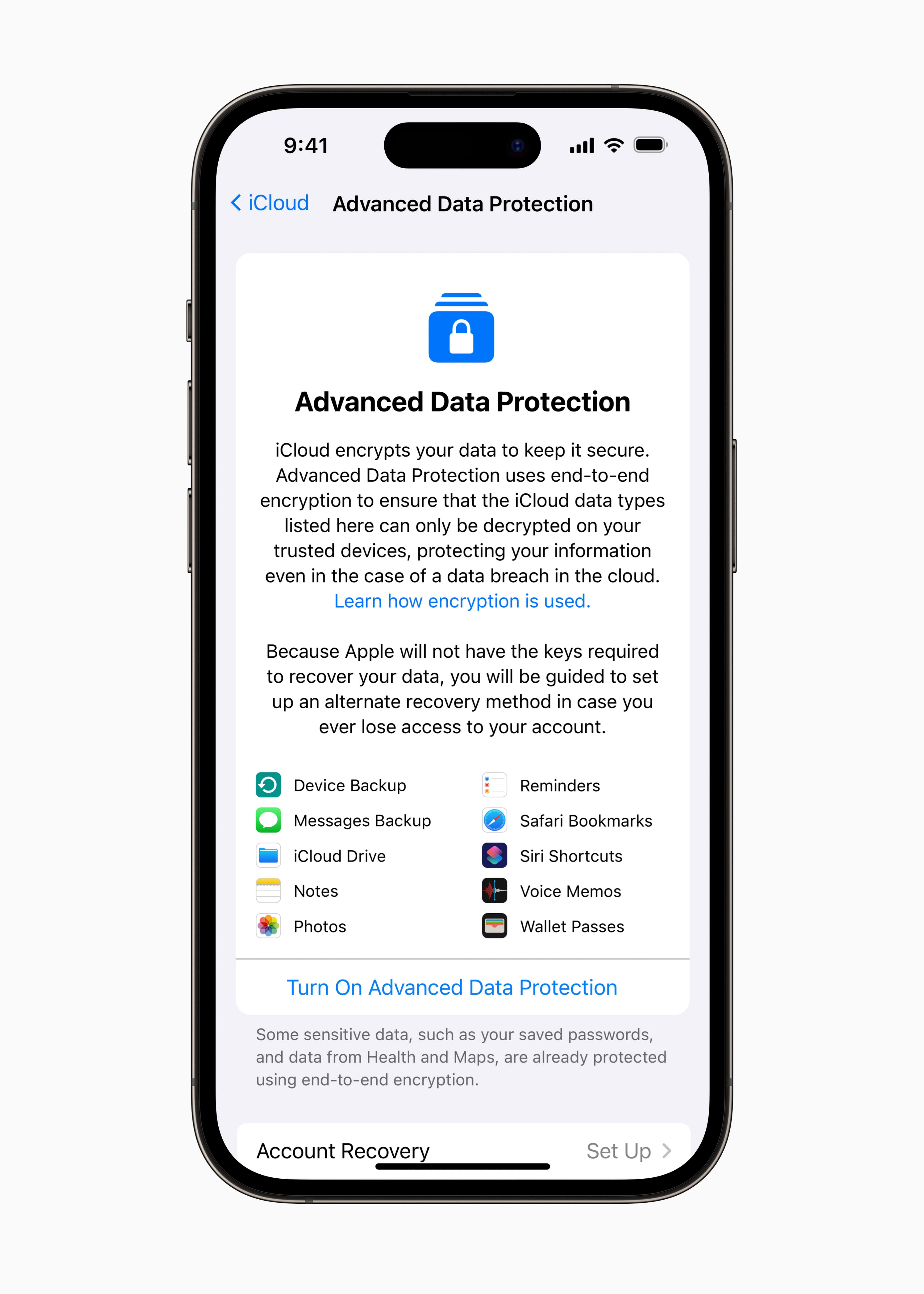In today’s digital age, staying connected with friends and family has become easier than ever. One of the most popular ways to keep in touch is through video calls, and Apple’s FaceTime has become a go-to option for many iPhone users. However, there may be times when you encounter an issue with FaceTime – specifically, the lack of video during your calls. In this article, we will explore some possible reasons for this problem and provide potential solutions.
The first thing to check when experiencing a lack of video during FaceTime calls is your internet connection. FaceTime requires a stable and reliable internet connection, whether it be through Wi-Fi or cellular data. If you are using Wi-Fi, ensure that your device is connected to a strong signal and that there are no issues with your router or modem. It may be helpful to restart your Wi-Fi router or move closer to it to improve the signal strength.
If you are using cellular data for FaceTime, make sure that the “Use Cellular Data” option is enabled for FaceTime in your iPhone settings. To do this, go to your iPhone’s home screen, select Settings, scroll down and tap on FaceTime. Ensure that the switch next to “Use Cellular Data” is turned on. Please note that using FaceTime over cellular data may consume a significant amount of your data plan, so keep an eye on your usage if you have limited data.
Another potential reason for the lack of video during FaceTime calls could be a restriction set by your network or device settings. Some routers, firewalls, or security software may block certain internet connections, including FaceTime. If you suspect this may be the issue, check your network settings or consult with your network administrator to ensure that FaceTime is not being blocked.
In addition to network issues, it is also worth checking your FaceTime settings on your iPhone. Open the FaceTime app and tap on the settings icon in the top right corner. Ensure that the “FaceTime” switch is toggled on and that the “Camera” option is not disabled. If it is disabled, tap on it to enable the camera for FaceTime calls.
If none of the above solutions resolve the issue, it may be worth considering updating your iOS software. Apple periodically releases updates that address bugs and improve the performance of their devices and apps. To check for updates, go to your iPhone’s home screen, select Settings, scroll down and tap on General, then select Software Update. If an update is available, follow the prompts to download and install it.
The lack of video during FaceTime calls can be frustrating, but there are several potential solutions to consider. Start by checking your internet connection, whether it be Wi-Fi or cellular data, and ensure that FaceTime is allowed to use cellular data if needed. Check for any network restrictions or device settings that may be blocking FaceTime. Verify your FaceTime settings on your iPhone and make sure the camera is enabled. Lastly, consider updating your iOS software to the latest version. By following these steps, you should be able to troubleshoot and resolve the issue, allowing you to enjoy seamless video calls with your loved ones through FaceTime.
Why Can’t You See The Other Person On FaceTime?
There could be several reasons why you are unable to see the other person on FaceTime. Here are some possible explanations:
1. Internet Connection: Ensure that your device has a stable Wi-Fi connection or a strong cellular data connection. FaceTime requires an active internet connection to function properly.
2. Cellular Data Usage: If you are trying to use FaceTime over cellular data, make sure that the “Use Cellular Data” option is enabled for FaceTime in your device’s settings. Without this setting, FaceTime may not work when you are not connected to Wi-Fi.
3. FaceTime Restrictions: Check if there are any restrictions or limitations set on FaceTime in your device’s settings. Some devices or networks may have restrictions on video calling applications, and you may need to adjust these settings accordingly.
4. Compatibility Issues: Ensure that both you and the person you are trying to FaceTime with have compatible devices and operating systems. FaceTime requires Apple devices running iOS or macOS, so if either party is using a non-Apple device, FaceTime will not work.
5. Camera or Privacy Settings: Verify that your device’s camera is working properly and not obstructed. Additionally, check the privacy settings on your device to ensure that FaceTime has permission to access the camera.
6. Software Updates: Make sure that your device’s software is up to date. Outdated software can sometimes cause compatibility issues with FaceTime.
If none of these suggestions resolve the issue, it may be helpful to contact Apple Support or your internet service provider for further assistance.

How Do You Enable Video On FaceTime?
To enable video on FaceTime, follow these steps:
1. Locate and tap the Settings app on your iPhone home screen.
2. Scroll down and find the FaceTime option.
3. Tap on FaceTime to open its settings.
4. Ensure that the switch next to FaceTime is turned on. If it is already on, video should be enabled. If not, tap the switch to turn it on.
5. Once the switch is turned on, you should be able to make video calls using FaceTime.
By enabling video on FaceTime, you can enjoy face-to-face conversations with your friends and family, no matter where they are. It’s a great way to stay connected visually and enhance your communication experience.
Please note that FaceTime requires a stable internet connection and both parties should have FaceTime enabled on their devices to make video calls.
Conclusion
In order to resolve the issue of not being able to use FaceTime for video calls, it is important to ensure that your device has a stable internet connection. This can be achieved by either connecting to a Wi-Fi network or ensuring that your cellular data is enabled for FaceTime usage. Additionally, it is crucial to check the settings on your iPhone to make sure that the Use Cellular Data option is turned on for FaceTime. By following these steps, you should be able to successfully use FaceTime for video calls without any interruptions.








